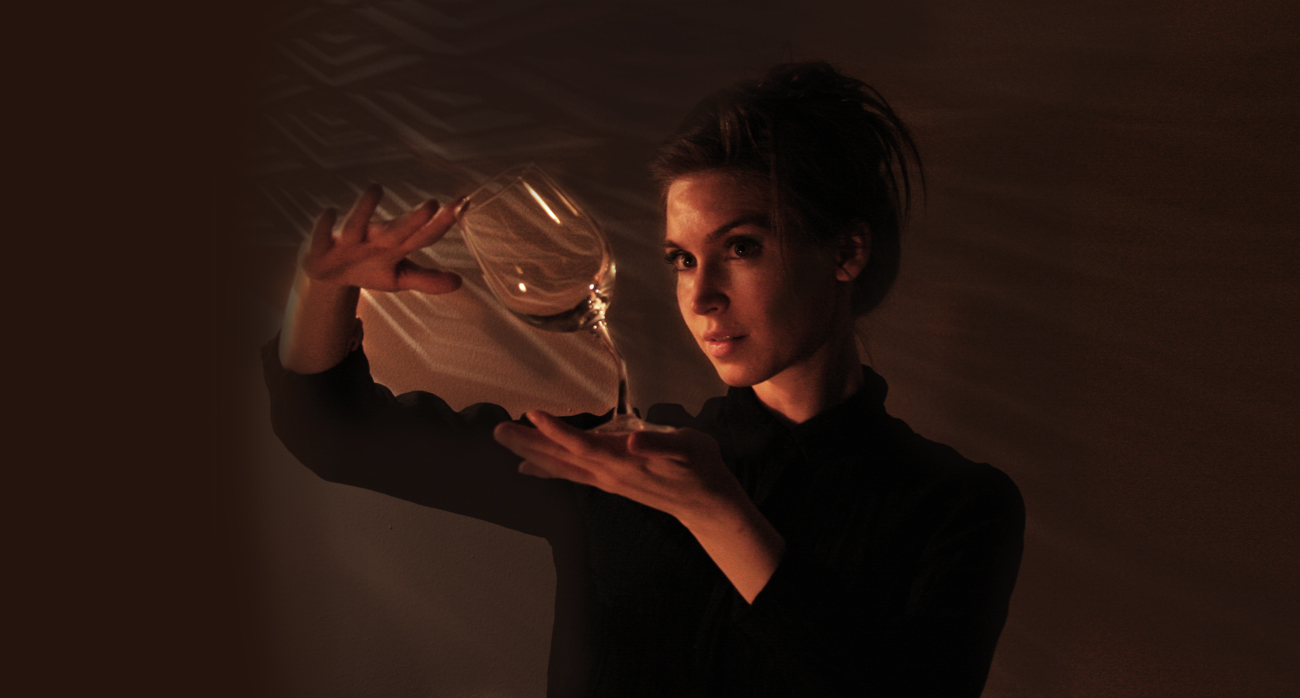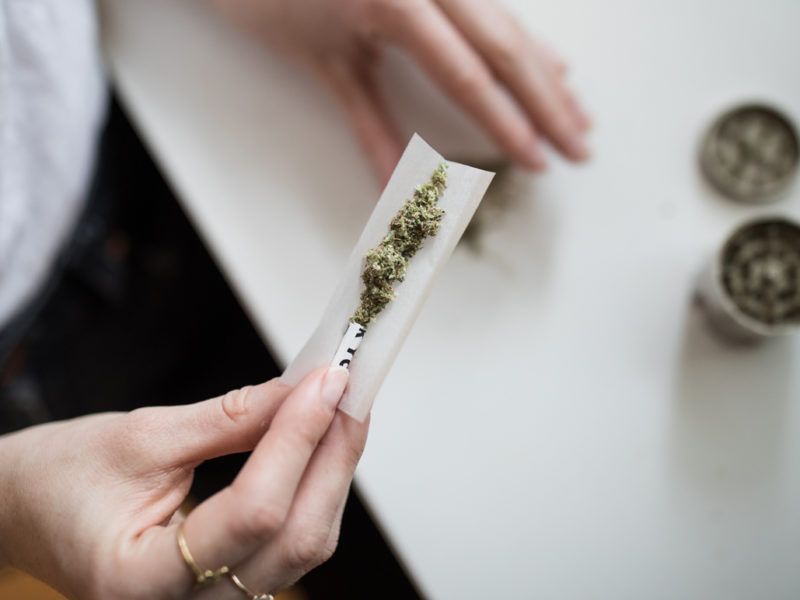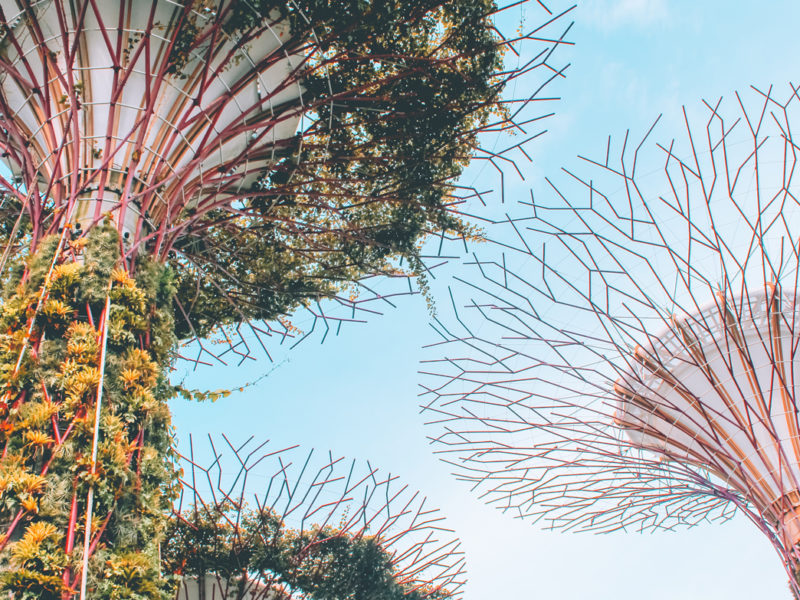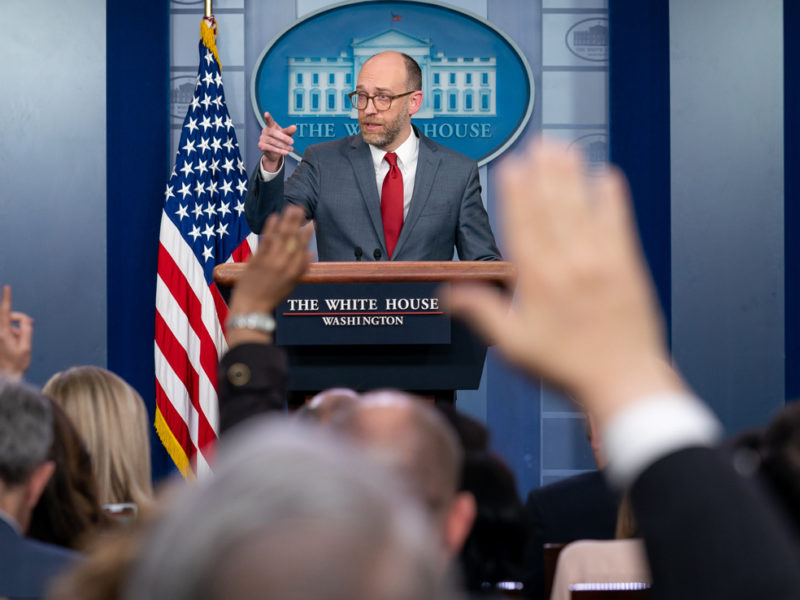
Jeanette Andrews is using magic to change the way people see the world
Whatever preconceptions you have about magicians, Jeanette Andrews is here to smash them. “I’ve come to really look at what I do as sort of being a vehicle for exploring other ideas,” said Andrews. That statement carries a lot of weight, but it makes sense for Andrews, who has built a career on her ability to merge her chosen discipline with the worlds of science and art, often performing in art galleries and museums instead of children’s birthday parties.
“I feel like probably 30 percent of my job is purely educating people about the content of the work that I do,” said Andrews, noting that people have many ideas of what a magician does, but rarely—if ever—are they representative of Andrews’ brand of magic. “There is definitely kind of an uphill learning curve to try to explain to people what my work is and what it entails, because it doesn’t fall squarely within people’s cultural reference points.”
It’s easy to see that in a video from Andrews’ appearance on a WGN morning show last year. At first, the anchors seems a bit dubious, with host Jeff Hoover even playing to the camera as if Andrews were about to do some schoolyard sleight of hand. But as Andrews works her way through the illusion, her artistry unfolds. She has Hoover pick a flower, and after she plucks one of its petals and places it into a large snifter, she begins to spin it around, until that soft, weightless petal transforms into an egg. She pulls it out of the glass and cracks it open, highlighting the transformation that happened right in front of your eyes, and that this isn’t the kind of magic that involves rabbits and top hats.
It’s this kind of work that will be showcased in Andrews’ upcoming piece, “Impossible Garden.” Andrews describes it as a work that merges her interest in science with her chosen craft. “It’s a piece of magic that is actually performed by the audience members themselves,” said Andrews, and while she’s often predisposed to having the audience be the driving force behind her act, “Impossible Garden” is a naturalistic, genre-bending exercise. It starts like a simple card trick, but instead of playing cards, Andrews distributes seed paper to the audience. “Everyone in the audience essentially performs this illusion in their own hands and then, at the culmination of it, everyone collectively plants a garden using the seeds that they have performed this piece of magic with.”
With projects like this building the bulk of her resumé, Andrews is showing that there’s an importance of challenging the form in which you work. It’s something she saw back when she was just a kid, getting obsessed with the spectacle of Siegfried and Roy. “From the time I was really young, there was this idea put forth in magic that nothing is impossible,” said Andrews, “That is your job, to figure out how we take something that is genuinely thought to be impossible and make it possible.”
Because of this, it makes sense that Andrews has found herself working outside of magic’s conventions. It’s why calling Andrews’ work a “magic act” feels like a misnomer. Magic may be the basis of it, but it works to bend perceptions and push past limitations. It’s involved and personal, allowing its participants to shift how they see the world, and see that they, too, can turn the impossible into a reality.





Sara
Her work is amazing to experience in person. I’ve been right in front of her when she does her stuff, and I could never in a million years tell you how she does it. Truly incredible. A delight to see in person.